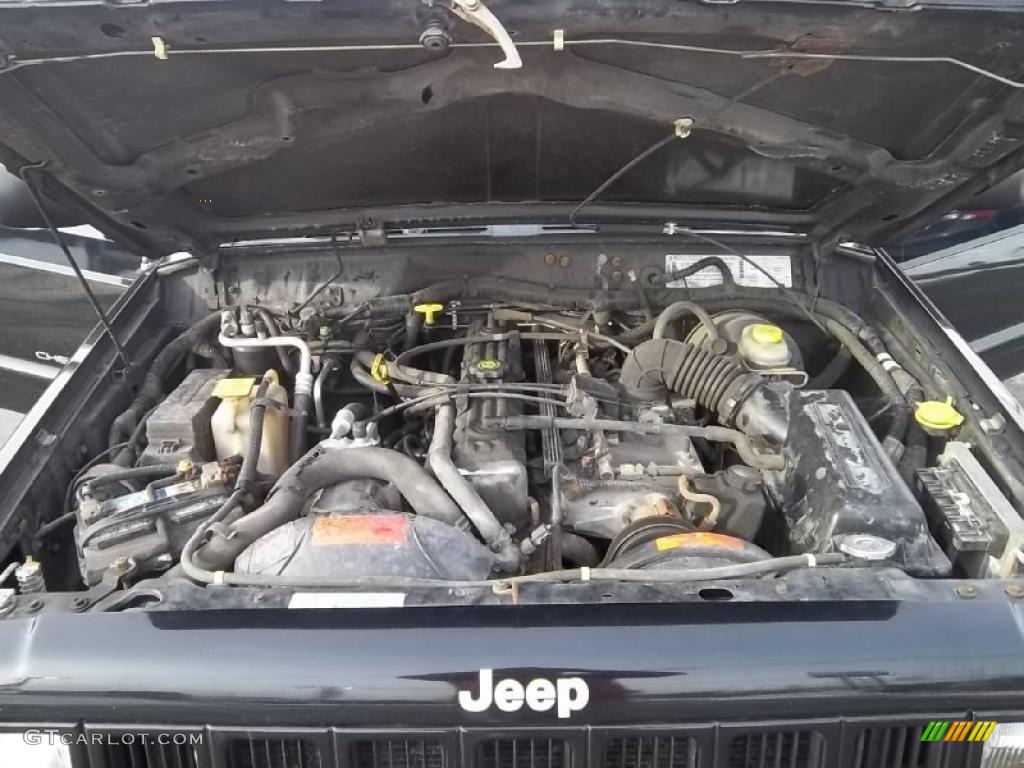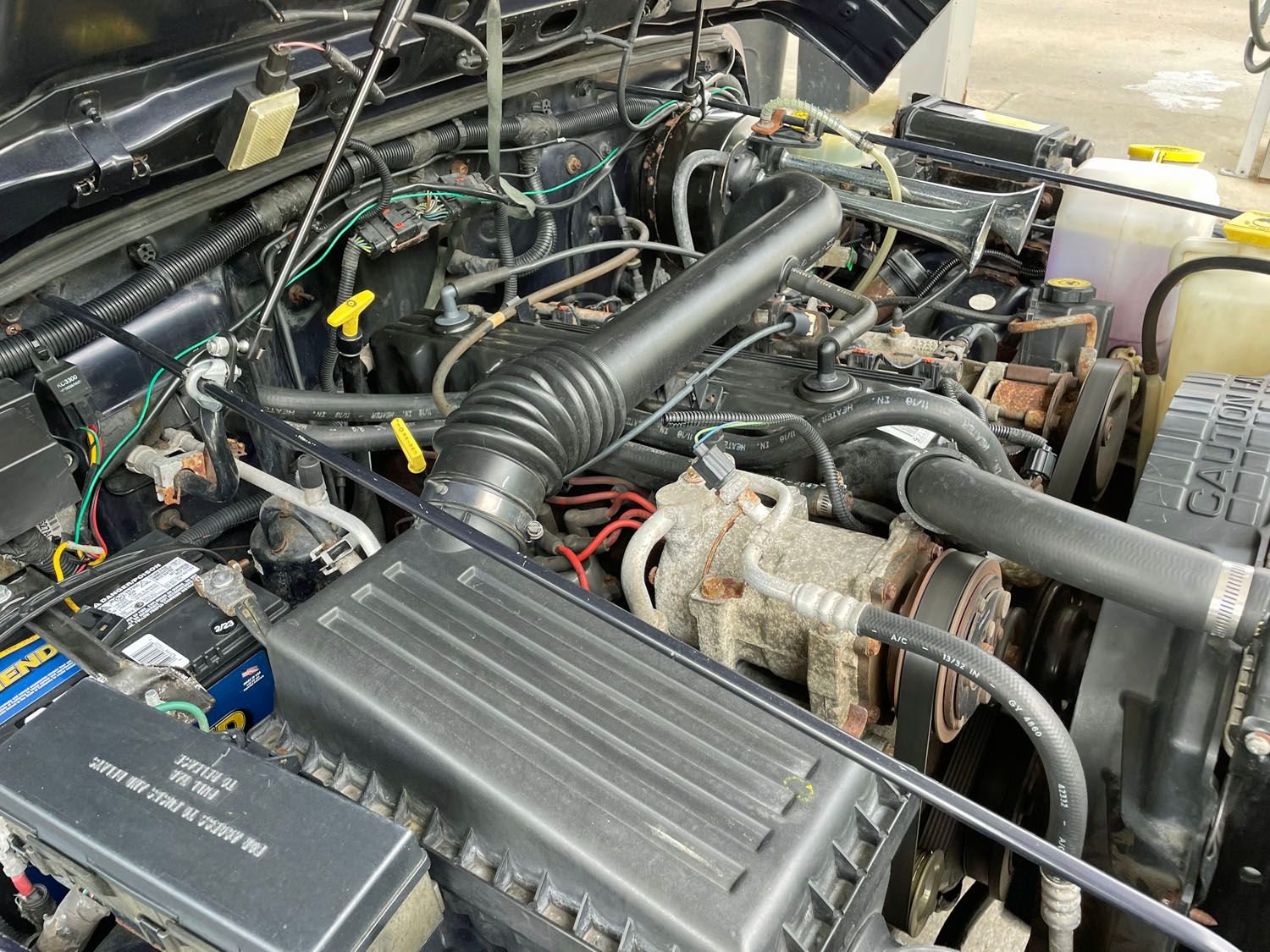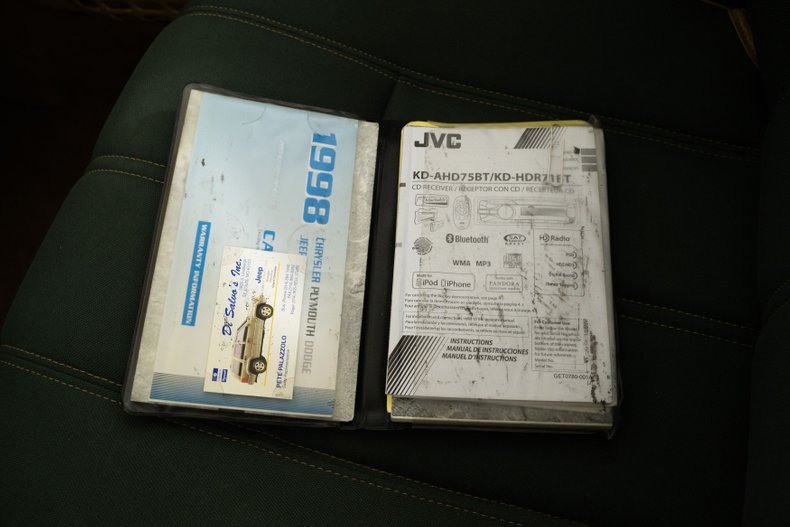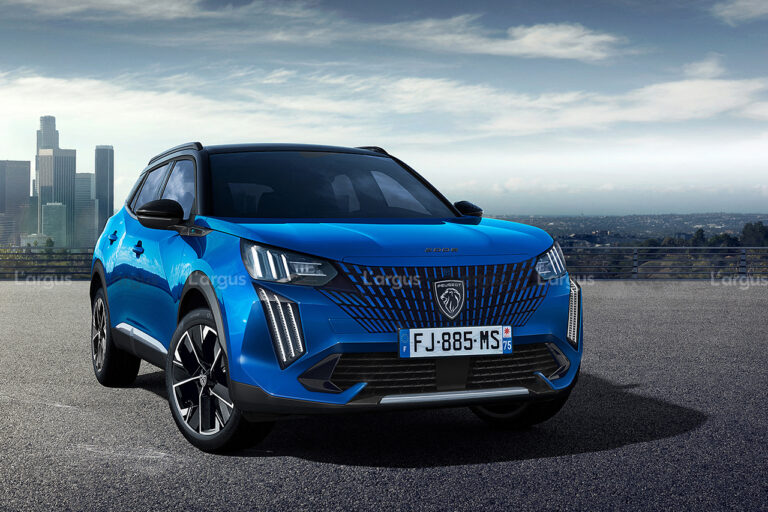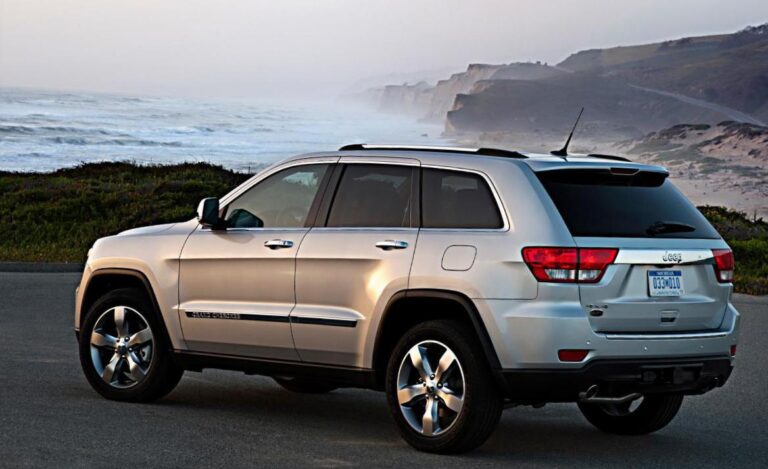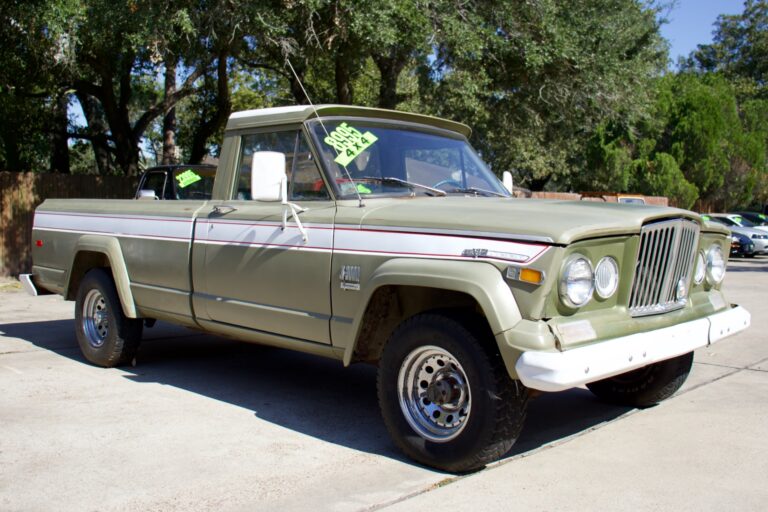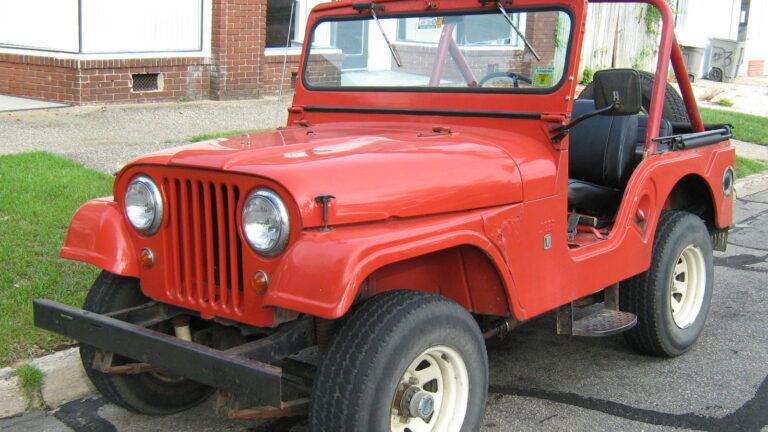1998 Jeep Engine 4.0 For Sale: Your Definitive Buyer’s Guide
1998 Jeep Engine 4.0 For Sale: Your Definitive Buyer’s Guide jeeps.truckstrend.com
For decades, the Jeep 4.0L inline-six engine has been a cornerstone of rugged reliability and unwavering performance in the off-road and utility vehicle world. Often referred to by its AMC 242 designation, this legendary powerplant earned its reputation through sheer durability, impressive torque, and a remarkable ability to shrug off neglect. When you see "1998 Jeep Engine 4.0 For Sale," you’re not just looking at a used engine; you’re looking at a piece of automotive history that continues to serve as a workhorse for countless Jeep enthusiasts, restorers, and daily drivers. This comprehensive guide will navigate you through everything you need to know about acquiring one of these iconic engines, ensuring you make an informed and confident purchase.
The Enduring Legacy of the 4.0L Straight-Six
1998 Jeep Engine 4.0 For Sale: Your Definitive Buyer’s Guide
The 4.0L (3,964 cc) inline-six engine was first introduced in 1987, evolving from AMC’s robust 258 cubic-inch (4.2L) six-cylinder. Its design features a cast-iron block and cylinder head, a robust seven-main-bearing crankshaft, and a pushrod overhead valve configuration. This simple yet incredibly strong architecture is what made it so reliable and easy to maintain.
By 1998, the 4.0L engine had reached a peak of refinement and reliability. It was the standard engine in popular Jeep models like the Cherokee (XJ), Grand Cherokee (ZJ), and Wrangler (TJ). The 1998 model year is particularly sought after by many enthusiasts because it predates some of the later design changes (like the notorious 0331 cylinder head found in 2000-2001 models that was prone to cracking under specific conditions) while still benefiting from years of refinement. These engines are renowned for their low-end torque, which is invaluable for off-roading and towing, and their impressive longevity, often exceeding 200,000 or even 300,000 miles with proper maintenance.
Why Buy a Used 1998 Jeep 4.0L Engine?
The decision to purchase a used 1998 Jeep 4.0L engine often stems from several practical and economic advantages:
- Cost-Effectiveness: Buying a used engine is significantly cheaper than purchasing a new crate engine (if available) or undertaking a full rebuild of your existing powerplant. This makes it an attractive option for budget-conscious repairs or swaps.
- Proven Reliability: Unlike many modern, highly complex engines, the 4.0L’s track record speaks for itself. A well-maintained used unit can offer many more years of dependable service.
- Availability of Parts: Due to its widespread use and popularity, spare parts for the 4.0L are readily available and often inexpensive, making future maintenance and minor repairs straightforward.
- Ideal for Replacements & Swaps: If your current 4.0L has failed beyond economical repair, or if you’re undertaking an engine swap into another compatible Jeep chassis, a good used 1998 engine can be a direct bolt-in solution, minimizing downtime and complexity.
- Restoration Projects: For those restoring a classic Jeep, finding an original or period-correct engine is crucial, and the 1998 4.0L fits the bill for many late-90s models.
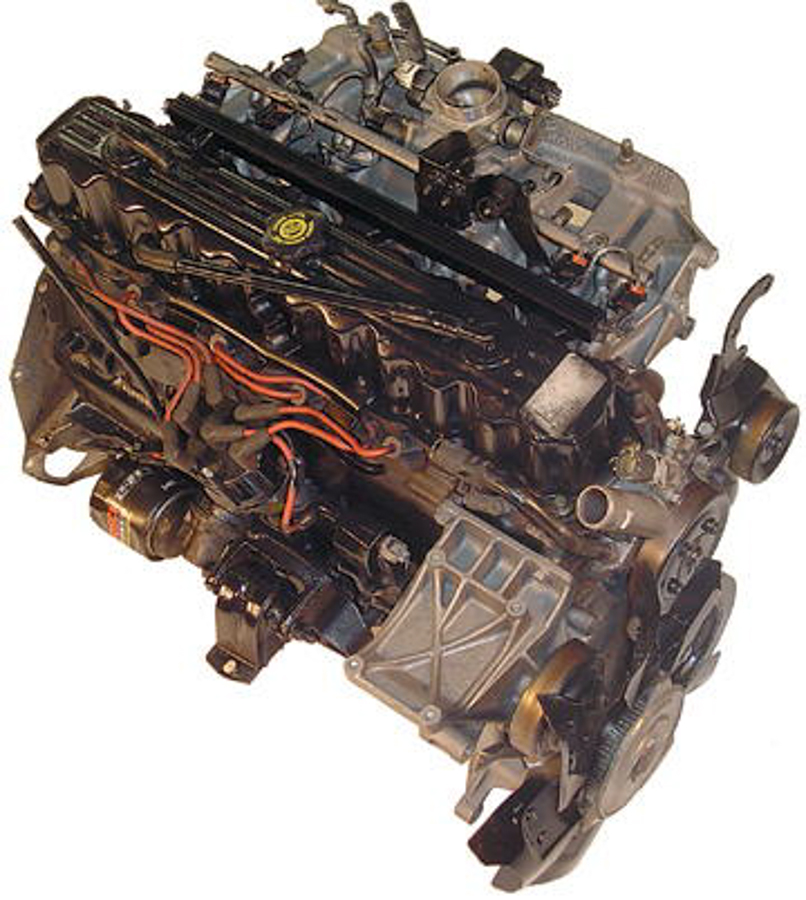
Key Considerations When Purchasing a 1998 Jeep 4.0L Engine
Buying a used engine requires diligence. Here’s what you need to consider to ensure you get a quality unit:
-
Source Reliability:
- Reputable Salvage Yards/Recyclers: These often test engines, offer short-term warranties, and can provide donor vehicle information.
- Specialized Jeep Parts Dealers: Many businesses focus solely on Jeep parts and may have thoroughly inspected or even lightly reconditioned engines.
- Private Sellers: While potentially cheaper, these sales carry higher risk. Demand as much information and documentation as possible.
- Online Marketplaces (eBay, Craigslist, Facebook Marketplace): Exercise extreme caution. Verify seller reputation, ask for detailed photos/videos, and ideally, inspect in person.
-
Condition Assessment:
- Mileage: While lower mileage is generally preferred, the 4.0L is known to last. A well-maintained 150,000-mile engine can be better than a poorly maintained 80,000-mile one. Ask for donor vehicle mileage.
- Visual Inspection: Look for signs of:
- Oil Leaks: Minor leaks are common, but excessive leakage from main seals, valve cover, or oil pan could indicate deeper issues or neglect.
- Coolant Leaks: Stains around the water pump, thermostat housing, or hoses.
- Cracks: Inspect the engine block and cylinder head carefully for any hairline cracks, especially around freeze plugs or exhaust manifold mounting points.
- Corrosion: Excessive rust can indicate exposure to elements or a poor storage environment.
- Signs of Overheating: Discolored paint on the block/head, warped components, or milky residue in the oil/coolant (if visible).
- Internal Inspection (if possible):
- Oil Fill Cap/Dipstick: Check for milky residue (sign of coolant in oil) or excessive sludge.
- Spark Plugs: If accessible, pull a few plugs. Their condition can reveal combustion issues, oil burning, or rich/lean conditions.
- Compression Test: Crucial. If the engine is still in the donor vehicle or on a stand where it can be tested, a compression test provides vital information about cylinder health. Look for consistent readings across all cylinders, ideally above 120 PSI, with no more than a 10-15% variance between cylinders.
- Oil Pressure: If the engine can be run, check for stable oil pressure. Low or fluctuating pressure can indicate worn bearings.
-
Completeness of the Engine:
- Long Block: Typically includes the block, crankshaft, pistons, connecting rods, cylinder head, camshaft, and timing components. Accessories, intake/exhaust manifolds, and wiring are usually removed. This is common.
- Complete Engine (Turn-Key): Includes everything: intake, exhaust, sensors, wiring harness, power steering pump, alternator, A/C compressor, etc. More expensive but saves time.
- Short Block: Only the block, crank, pistons, and rods. Requires a cylinder head and all other components. Less common for used engine sales.
- Decide what you need and what you’re willing to pay for. Missing accessories can add significant cost.
-
Donor Vehicle Information: Ask if the engine was pulled from a wrecked vehicle, and if so, what kind of damage the vehicle sustained. An engine from a rear-end collision is generally safer than one from a front-end impact.
-
Warranty: Many reputable sellers offer a short-term warranty (e.g., 30-90 days). Understand what it covers (parts only, labor, etc.) and what voids it.
-
Shipping and Logistics: Factor in shipping costs, which can be substantial for an engine. Ensure the engine is properly crated or palletized to prevent damage during transit, and consider shipping insurance.
Pre-Purchase Inspection Checklist
Before handing over your money, use this checklist:
- [ ] Verify the engine is indeed a 1998 model (check casting numbers, sensor locations).
- [ ] Conduct or request a compression test report.
- [ ] Check for obvious cracks in the block or cylinder head.
- [ ] Look for signs of excessive oil or coolant leaks.
- [ ] Inspect the exhaust manifold for cracks (very common, but repairable).
- [ ] Check the condition of the oil on the dipstick and under the oil fill cap.
- [ ] If the engine can be run, listen for knocks, excessive lifter noise, or unusual sounds.
- [ ] Confirm what accessories/components are included.
- [ ] Ask about the donor vehicle’s history and mileage.
- [ ] Understand the seller’s return policy or warranty.
Installation and Post-Purchase Tips
Once you’ve secured your 1998 Jeep 4.0L engine, proper installation and initial setup are key:
- Pre-Installation Maintenance: Even if the engine appears healthy, it’s highly recommended to replace common wear items before installation:
- Rear main seal (notorious leak point on 4.0Ls, much easier to do with the engine out).
- Oil pan gasket.
- Valve cover gasket.
- Water pump and thermostat.
- All accessible sensors (e.g., Crank Position Sensor, Oxygen Sensors, Manifold Absolute Pressure Sensor, Coolant Temperature Sensor).
- Spark plugs and wires.
- Serpentine belt.
- Motor mounts.
- Clean and Inspect: Thoroughly clean the engine exterior. Inspect all vacuum lines, wiring, and connectors for damage.
- Fresh Fluids: Fill with fresh engine oil (confirm the correct weight for your climate), new coolant, and power steering fluid.
- Professional vs. DIY: While a DIY engine swap is possible for experienced mechanics, consider professional installation if you’re not confident. It’s a complex job involving heavy lifting and precise connections.
- Initial Startup: Follow proper priming procedures (e.g., disabling ignition and cranking to build oil pressure before full startup). Listen carefully for any unusual noises.
- Break-In (if applicable): If the engine has been rebuilt or extensively serviced, follow specific break-in procedures recommended by the builder. For a simple pull-out, a gentle first few hundred miles are advisable.
Potential Challenges and Solutions
- Finding a "Good" One: Quality used engines can be scarce. Be patient, expand your search radius, and don’t rush into a purchase.
- Unknown History: Most used engines come with limited history. This is why a thorough pre-purchase inspection (especially compression test) is paramount. Factor in the cost of potential minor repairs or gasket replacements.
- Shipping Damage: Always inspect the engine immediately upon arrival. If there’s visible damage, document it with photos and contact the shipper and seller immediately.
- Compatibility Issues: While the 4.0L is generally consistent, slight variations exist between model years (e.g., sensor locations, accessory mounts, ECU compatibility for different vehicles). Double-check that the 1998 engine will integrate seamlessly with your specific vehicle’s wiring and accessories.
1998 Jeep Engine 4.0 For Sale: Estimated Price Guide
Please note that these prices are estimates and can vary significantly based on the engine’s actual condition, mileage, completeness, seller (private vs. salvage yard), location, and whether a warranty is offered.
| Engine Condition/Completeness | Estimated Price Range (USD) | Notes |
|---|---|---|
| Running Pull-out (As-Is) | $500 – $1,200 | Engine removed from a running vehicle. May have high mileage. No warranty. Buyer beware. Best for those who can inspect in person and potentially rebuild. Usually includes some accessories. |
| Inspected & Tested Pull-out | $1,000 – $1,800 | From a reputable salvage yard. Compression tested, visually inspected, often comes with a short (30-90 day) warranty. Typically a long block (no accessories). A common and relatively safe option. |
| Reconditioned/Refurbished | $1,500 – $2,500 | Usually a pull-out that has had common issues addressed (e.g., new gaskets, seals, valve cover, possibly a checked/resurfaced head). May or may not include a warranty beyond initial startup. |
| Professionally Rebuilt (Long Block) | $2,500 – $4,000+ | A used block and head that have been fully machined, with new pistons, rings, bearings, camshaft, lifters, and seals. Comes with a warranty (often 1-3 years). Essentially a "like-new" engine, offering maximum reliability but at a higher cost. Does not include accessories. |
| Complete Turn-Key (Used) | $1,500 – $2,500 | An inspected & tested pull-out that includes most or all original accessories (intake, exhaust, sensors, alternator, power steering pump, etc.). Saves time on swapping components, but check condition of accessories. |
Frequently Asked Questions (FAQ)
Q: What’s the average lifespan of a 1998 Jeep 4.0L engine?
A: With proper maintenance, these engines are known to last well over 200,000 miles, with many reaching 300,000 miles or more. Their robust design contributes significantly to their longevity.
Q: Are all 4.0L engines interchangeable between different Jeep models/years?
A: Generally, yes, within certain generations. However, there can be subtle differences in sensor locations, accessory mounting points, and ECU compatibility. A 1998 4.0L will typically swap directly into other 1997-1999 XJ/TJ/ZJ models. Swapping into older or newer models might require modifications to wiring harnesses, sensor types, or accessory brackets.
Q: What are the most common issues to look for in a used 1998 4.0L engine?
A: Common issues include oil leaks (especially the rear main seal and valve cover), cracked exhaust manifolds (minor issue), and sometimes worn camshafts or lifters if oil changes were neglected. The infamous 0331 cylinder head cracking issue primarily affects 2000-2001 models, not the 1998.
Q: Should I buy a high-mileage 4.0L engine?
A: A high-mileage 4.0L that has been well-maintained can be a better buy than a lower-mileage engine that has been neglected. The key is maintenance history and a thorough pre-purchase inspection, especially a compression test.
Q: What’s the difference between a long block and a short block?
A: A short block includes the engine block, crankshaft, pistons, and connecting rods. It does not come with the cylinder head, camshaft, or any accessories. A long block includes the short block plus the cylinder head (assembled with valves, springs, etc.) and camshaft. It does not typically include intake/exhaust manifolds, sensors, or external accessories.
Q: Can I put a 1998 4.0L into a newer Jeep (e.g., 2001 XJ)?
A: Yes, it’s a popular swap. The 1998 engine is desirable because it avoids the 0331 cylinder head issues of later models. You’ll need to swap over your existing 2001 intake manifold, exhaust manifold, and all sensors to ensure compatibility with your 2001’s wiring harness and ECU.
Conclusion
The 1998 Jeep 4.0L engine remains a highly sought-after powerplant for its bulletproof reliability and impressive performance characteristics. Whether you’re replacing a worn-out engine, undertaking a restoration, or planning a custom build, a good used 4.0L can breathe new life into your Jeep. By understanding its legacy, knowing what to look for during inspection, and considering the practical advice outlined in this guide, you can confidently navigate the market and secure a legendary engine that will serve you faithfully for years to come. Do your homework, ask the right questions, and your investment in a 1998 Jeep 4.0L engine will undoubtedly pay dividends in rugged, dependable adventures.
